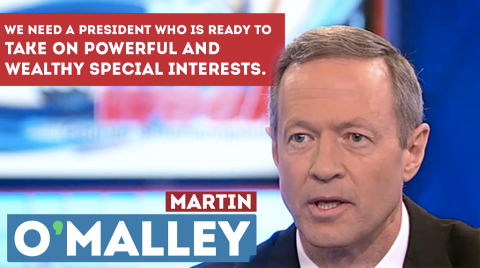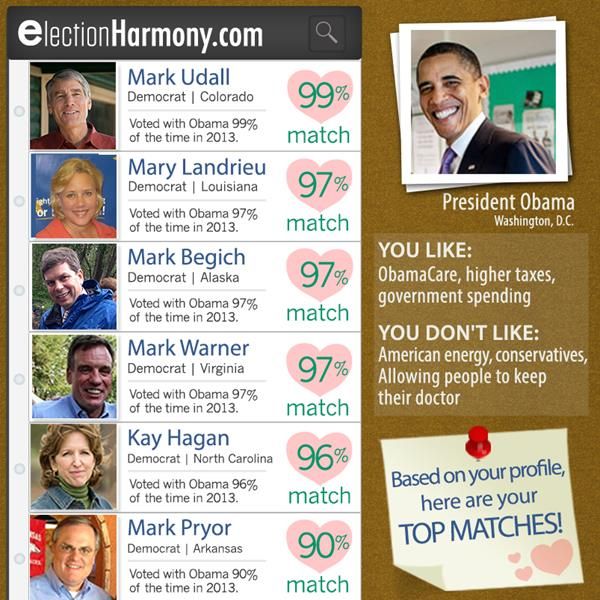The first one in is the first one out – or is he?
Back in November of 2014, the world basically ignored Jim Webb when he became the first serious 2016 Presidential candidate to form an exploratory committee. And after that ignorance extended through a “debate” where his speaking time paled in comparison to the frontrunners, Webb saw the writing on the wall and announced the possibility of a different direction.
Some people say I am a Republican who became a Democrat, but that I often sound like a Republican in a room full of Democrats or a Democrat in a room full of Republicans. Actually I take that as a compliment. More people in this country call themselves political independents than either Republican or Democrat. I happen to agree with them. Our country is more important than a label. Democrats in years past like Sam Nunn, Scoop Jackson, Mike Mansfield and John F. Kennedy understood this.
(snip)
And I know I’m going to hear it, so let me be the first to say this: I fully accept that my views on many issues are not compatible with the power structure and the nominating base of the Democratic Party. That party is filled with millions of dedicated, hard-working Americans. But its hierarchy is not comfortable with many of the policies that I have laid forth, and frankly I am not that comfortable with many of theirs.
For this reason I am withdrawing from any consideration of being the Democratic Party’s nominee for the Presidency. This does not reduce in any way my concerns about the challenges facing our country, my belief that I can provide the best leadership in order to meet these challenges, or my intentions to remain fully engaged in the debates that are facing us. How I remain as a voice will depend on what kind of support I am shown in the coming days and weeks as I meet with people from all sides of America’s political landscape. And I intend to do that.
(snip)
I am not going away. I am thinking through all of my options. 240 years ago the Declaration of Independence from our status as a colony from Great Britain was announced. It’s time for a new Declaration of Independence – not from an outside power but from the paralysis of a federal system that no longer serves the interests of the vast majority of the American people.
The Presidency has gained too much power. The Congress has grown weak and often irrelevant. The present-day Democratic and Republican parties are not providing the answers and the guarantees that we can rely on. The financial sector represented by the Wall Street bankers is caring less and less about the conditions of the average American worker for the simple reason that their well-being depends on the global economy, not the American economy.
Our political process is jammed up. It needs an honest broker who respects all sides, who understands the complicated nature of how our federal system works, who will communicate a vision for our country’s future here at home and in our foreign policy, and who has a proven record of getting things done.
While Webb was a non-entity in the polls, over the weekend when I checked the RCP averages he was ahead of the little two of Martin O’Malley and Lincoln Chafee, who combined were barely beating Webb. In reality the Democratic side is a three-person race between Hillary Clinton, Bernie Sanders, and Joe Biden, who polls about 17% as a non-formal candidate. Compare that to the less than 1% Webb had and it’s no surprise he’s frustrated with the process.
Webb’s 2016 candidacy reminds me a little bit of Gary Johnson’s 2012 run. Johnson, the libertarian-leaning former governor of New Mexico, got an early start but could never catch fire among conservative voters, so he dropped out in order to secure the Libertarian Party nomination, which he received. He ended up getting just under 1% of the vote, which was roughly the support he was getting among Republicans.
The last time a candidate siphoned a significant number of Democratic votes was when Ralph Nader picked off enough far-left voters to tip the 2000 election to George W. Bush. Webb is running a centrist, populist campaign that if left unchecked could draw votes away from Hillary Clinton. On the other hand, though, he could also hurt Donald Trump if Democrats who don’t like the thought of voting for a Republican decide an independent Webb is the better choice. This would be especially true if the Democrats play the class envy card on Trump as they did for Mitt Romney.
So far it’s been a year where voters have coalesced around outsiders. Webb isn’t exactly an outsider as he served a term in the Senate and as a Reagan administration official. but he has been away for awhile. People tired of politics as usual may give Webb a chance if he has the means and money to get his message out. That wasn’t going to happen in the Democratic process.






